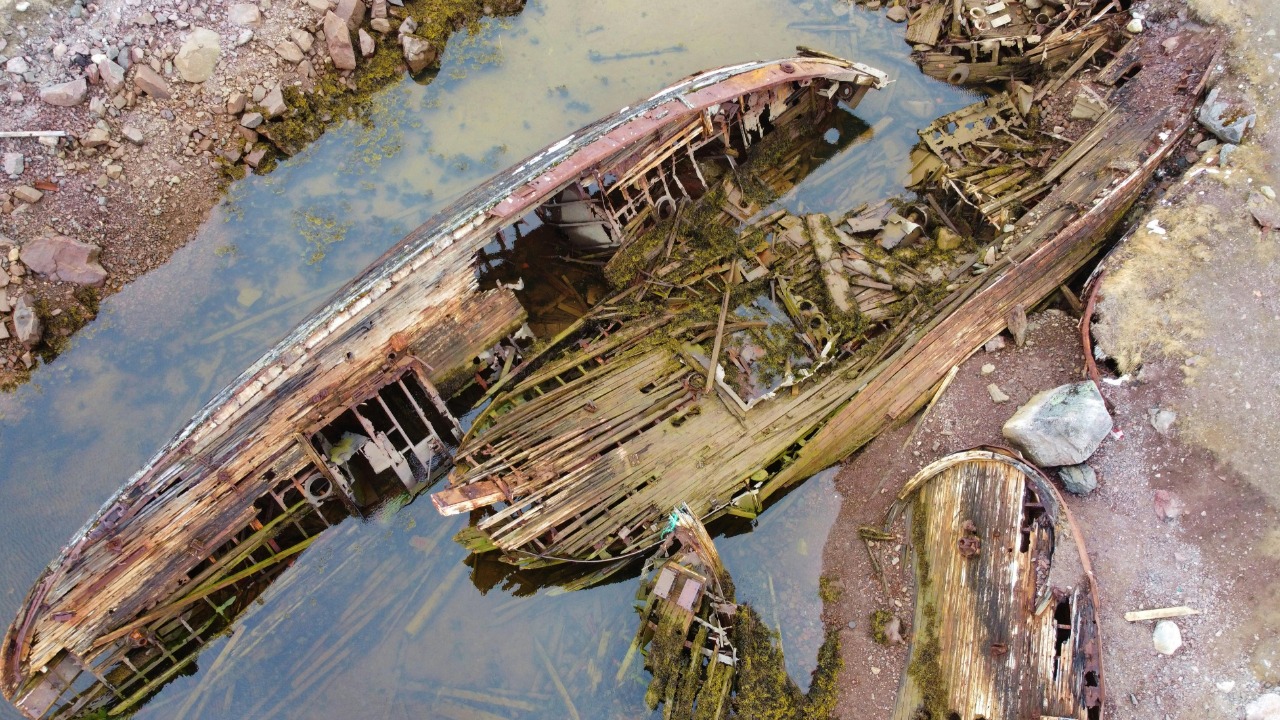
In a remarkable intersection of modern engineering and historical preservation, construction workers in Varberg, Sweden, stumbled upon six centuries-old shipwrecks during a major tunnel project. These medieval vessels, preserved in the Baltic Sea’s low-oxygen environment, offer a unique glimpse into ancient trade routes and shipbuilding techniques, sparking excitement among archaeologists and potentially reshaping our understanding of local maritime history.
The Tunnel Project’s Unexpected Start
The infrastructure initiative in Varberg was initially conceived to enhance regional connectivity through a new tunnel. However, the project took an unexpected turn when construction teams unearthed submerged wooden structures during routine excavation work. This discovery led to a temporary halt in operations, allowing for an archaeological assessment of the site. The project’s location along the Swedish coastline, a thriving hub of historical shipping lanes, added an extra layer of intrigue to the find. The scale of the project and its proximity to these ancient maritime routes set the stage for a significant historical revelation.
First Glimpses of the Shipwrecks
As the digging progressed, the construction teams were astonished to uncover not one or two, but multiple shipwrecks emerging from the sediment. The Baltic Sea’s low-oxygen environment had preserved the vessels in remarkable condition, offering a rare snapshot of maritime history. Recognizing the significance of the find, construction firms and local authorities collaborated to secure the site, ensuring the preservation of these historical treasures. The initial discovery was just the beginning of an extraordinary archaeological journey.
Unveiling Six Medieval Vessels
Upon further examination, archaeologists identified six distinct shipwrecks, each hailing from the medieval era and showcasing variations in size and construction style. The vessels carried remnants of cargo, including timber loads, suggesting ties to the Hanseatic trade networks that once dominated the region. The rarity of finding six intact wrecks in such close proximity led experts to speculate that a historical storm or navigational hazard may have caused their simultaneous sinking. Each shipwreck offers a unique narrative, contributing to a broader understanding of medieval seafaring.
Archaeological Techniques Employed
To document the wrecks without causing further disturbance, archaeologists employed non-invasive surveying methods, including underwater sonar and 3D mapping. These techniques allowed for a detailed study of the vessels, revealing clues about the crews’ daily lives through the recovery of tools and personal items. However, the muddy seabed of the tunnel site posed challenges, necessitating the use of specialized equipment for safe extraction. The combination of modern technology and traditional archaeology played a crucial role in unveiling the secrets of these shipwrecks.
Historical Context of Swedish Maritime Trade
The discovery of the shipwrecks aligns with Sweden’s historical role as a key player in medieval Baltic commerce, linking the region to broader European trade networks. The vessels’ clinker construction, typical of Nordic ships from the 13th to 15th centuries, offers insights into the shipbuilding techniques of the era. Furthermore, the finds may be connected to known historical events, such as regional conflicts that could have resulted in the sinking of these ships. The shipwrecks thus serve as tangible evidence of Sweden’s rich maritime history.
Preservation and Future Implications
Plans are underway to conserve the wrecks either on-site or in nearby museums, with international experts in marine archaeology guiding the process. While the discovery has inevitably impacted the tunnel project’s timeline, the priority remains the protection of these historical assets. The shipwrecks also present ongoing research potential, with possibilities for DNA analysis of remains to trace the origins of the crews. The preservation efforts and future research will ensure that the stories of these vessels continue to be told.
Broader Impact on Archaeology and Construction
This event underscores the intersection of modern development and cultural heritage in Sweden, highlighting the potential for historical discoveries in the midst of infrastructure projects. Similar cases around the world have seen construction work yield historical treasures, reinforcing the global relevance of the Varberg find. To share this discovery with wider audiences, plans for public engagement efforts, such as virtual tours, are in the works. The impact of this event extends beyond archaeology and construction, offering a unique opportunity for public education and engagement with history.
More from MorningOverview